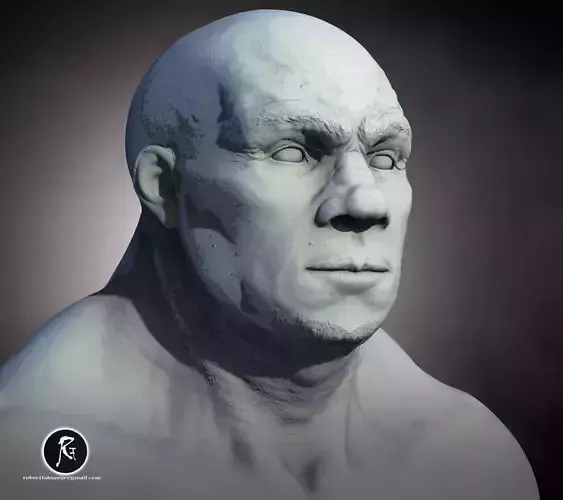1/4
This model represents a Neanderthal male in a moment of silent focus — not just a hunter or tool-user, but a thinking, sensing individual from our close evolutionary cousins. Recent studies suggest Neanderthals may have exhibited neurological and behavioral traits associated today with autism spectrum conditions: intense attention to detail, strong visual-spatial reasoning, sensory sensitivity, and preference for structure and routine.
The Neanderthal brain was shaped differently than ours — more elongated, with greater volume in areas linked to visual perception and memory. These adaptations may have contributed to remarkable survival skills in harsh Ice Age environments, from complex tool-making to symbolic behaviors like burial and pigment use.
This sculpt reflects the evolving view of Neanderthals not as primitive brutes, but as deeply intelligent, neurodiverse humans, shaped by a world that required precision, intuition, and adaptation. His stillness is not ignorance — it’s cognition in motion. His gaze reflects a mind attuned to patterns — of the earth, the stars, and the subtle cues of survival.
Whether used in education, storytelling, or paleoart collections, this model stands as a tribute to the depth, difference, and dignity of early humans whose legacy may still echo in modern neurodivergent minds.
REVIEWS & COMMENTS
accuracy, and usability.




